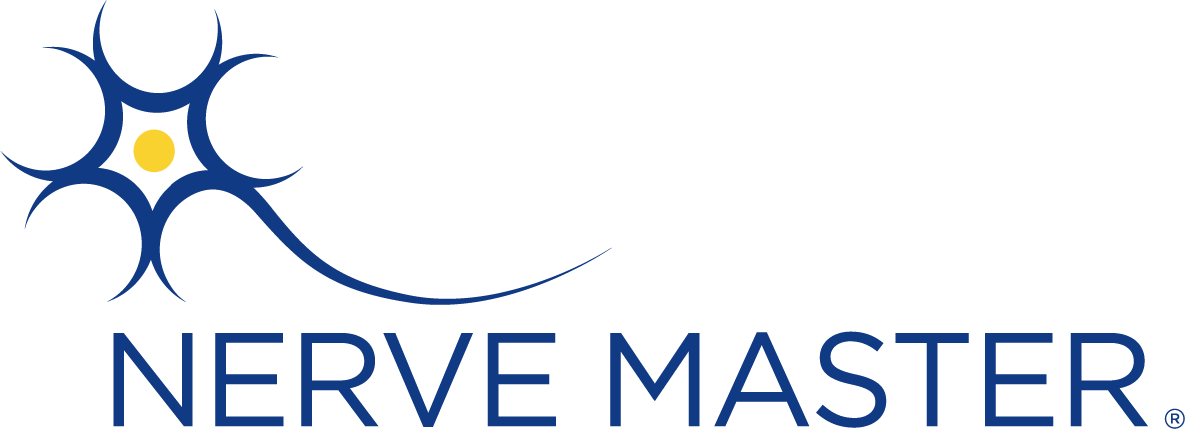Lower Extremity Amputee Care Best Practices: A Multi-Disciplinary Approach
This course reviews state-of-the-art amputation care, from preoperative work-up through optimizing post-operative outcomes. The presenters review modern techniques of amputations of the lower extremity with integration of adjunctive therapies.
Who Should Attend: Physicians (Orthopedic, Vascular, Plastic Reconstructive, Physical Medicine and Rehabilitation, Pain Management); Physical and Occupational Therapists; Prosthetists
Course Preview:
Principles of below knee amputation: A sensible, modular, functional approach
Principles of above the knee amputation: Getting the most of a more proximal amputation
Surgical approach and management of peripheral nerves at the time of amputation
Management and prevention of post operative neuroma and phantom limb pain
Management of complications after lower extremity amputation
Management and preparation of the residual limb and prosthetic choice
TMR Cadaveric Dissection of Below-the-Knee Amputation
Upon completion of this course, participants should be able to:
Complete an independent cadaveric lab for targeted muscle reinnervation (TMR) in below-the-knee (BKA) amputation; discuss the different techniques, including the donor and recipient nerves, in the BKA TMR procedure; execute the most common TMR nerve coaptations in the lower extremity; describe the steps for performing TMR in lower-extremity BKA patients.
Course Preview:
TMR Cadaveric Dissection of Below-the-Knee Amputation
Treating Post-Amputation Pain by Rewiring Nerves
Amputated nerves are much like downed powerlines; left disconnected, the undirected energy can cause phantom limb and neuroma pain. Dr. David Brown reviews the biological response to injured and amputated nerves and how rewiring (reconnecting) nerves can satisfy the body’s need to repair injured peripheral nerves.
Course Preview:
Treating Post-Amputation Pain by Rewiring Nerves


